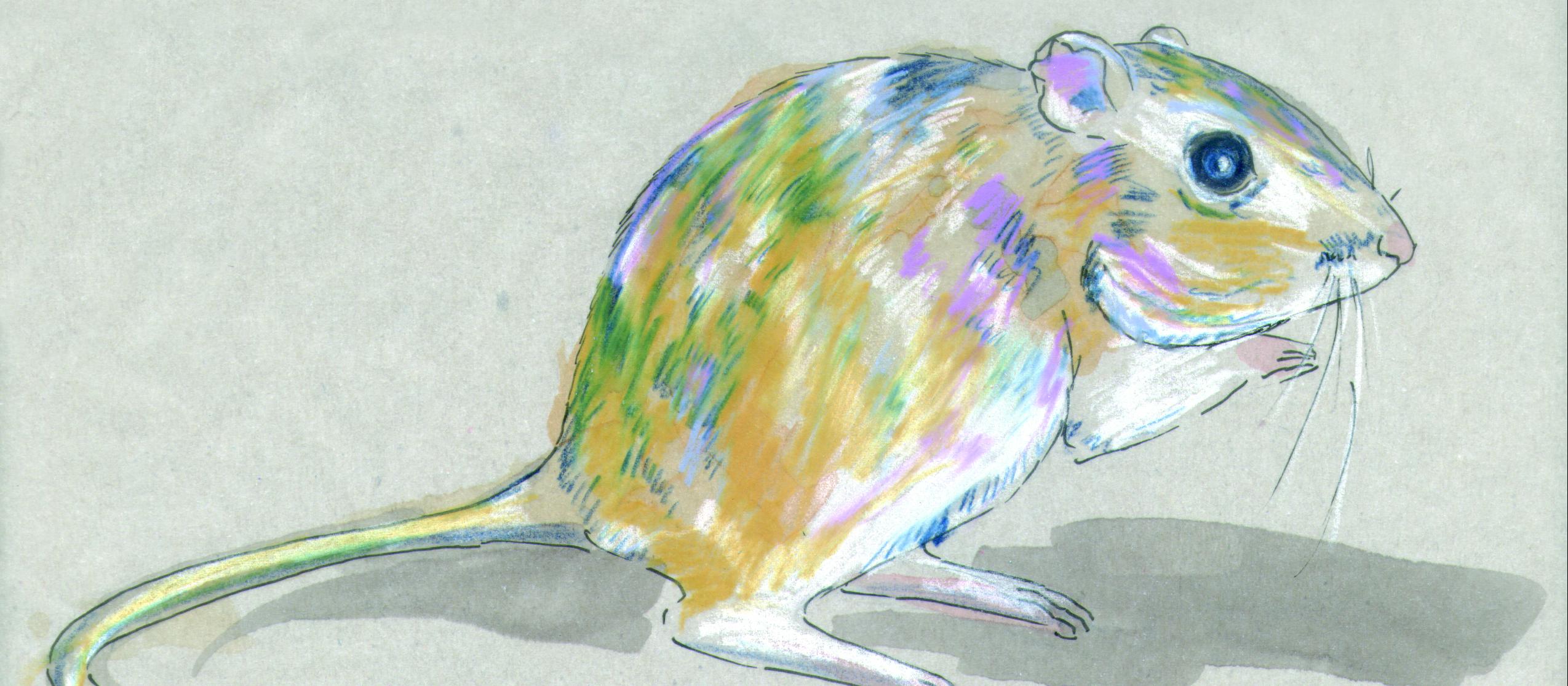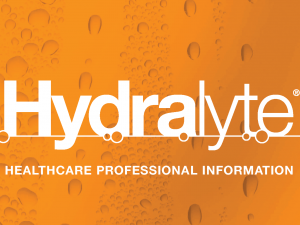Academic pharmacist Nataly Martini provides key information on Helicobacter pylori pathophysiology, diagnosis and evidence-based treatment strategies to enhance patient outcomes
Upping the anti (oxidant) with vitamin E

Kia ora and welcome to Pharmacy Today Kaitiaki Rongoā O Te Wā
Not a subscriber? Unlock this article by subscribing here.
1. New Zealand Nutrition Foundation. Vitamin E. https://
nutritionfoundation.org.nz/ (accessed June 18).
2. Devereux G, Turner SW, Craig LC, et al (2006). Low maternal vitamin
E intake during pregnancy is associated with asthma in 5-year-old
children. Am J Respir Crit Care Med 2006;174:499–507.
3. Pruthi S, Wahner-Roedler DL, Torkelson CJ, et al. Vitamin E and evening
primrose oil for management of cyclical mastalgia: a randomized pilot
study. Altern Med Rev 2010;15:59–67.
4. Age-Related Eye Disease Study Research Group. A randomized,
placebo-controlled, clinical trial of high-dose supplementation with
vitamins C and E and beta carotene for age-related cataract and vision
loss: AREDS report no. 9. Arch Ophthalmol 2001;119:1439–52.
5. Masak KH, Losonczy KG, Izmirlian G, et al. Association of vitamin E and
C supplement use with cognitive function and dementia in elderly
men. Neurology 2000;54:1265–72.




